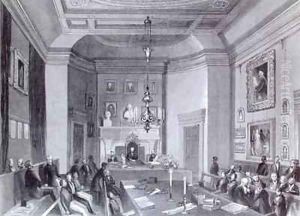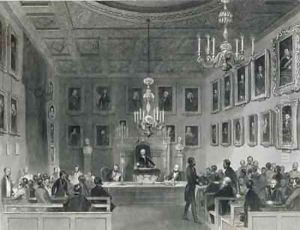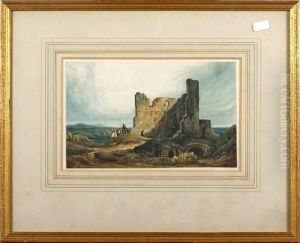Frederick William Fairholt Paintings
Frederick William Fairholt was an English antiquary and wood engraver, born in 1814 in the city of London. He developed an interest in antiquities early in life, which would shape his career and contributions to the field. Fairholt was largely self-taught, a remarkable feat given the breadth and depth of his knowledge and expertise.
In his early years, Fairholt was apprenticed to a wood engraver, a craft that he would master and use to illustrate his own as well as others' works. Throughout his life, he worked on numerous illustrations that depicted various historical and archaeological subjects. His keen eye for detail and his ability to translate intricate details into wood engravings made his work highly valued.
As an antiquary, Fairholt was passionate about the study of medieval and post-medieval artifacts. His work in this field was extensive, and he became known for his writings on costume and decorative arts, particularly those of England. One of his notable works is 'Costume in England: A History of Dress to the End of the Eighteenth Century,' which remains a reference for historians and enthusiasts of English costume history.
In addition to his works on costume, Fairholt published several other influential books and papers, contributing to the Victorian understanding of British history and its material culture. His work often intersected with the public's growing interest in the past, fueled by the Victorian medievalist revival and the general expansion of museums and educational institutions.
Fairholt was a diligent scholar who also engaged in fieldwork. He was involved in various archaeological digs and societies, including the British Archaeological Association, which he joined in its founding year. His excavations and studies helped to further the knowledge of historical sites and artifacts in Britain.
Despite the recognition he received for his scholarly work, Fairholt's life was not without hardship. He struggled with financial difficulties and ill health for much of his life. Nevertheless, he continued to contribute to his field until his death in 1866. Today, Fairholt is remembered for his contributions to the study of English antiquities and for the legacy of his illustrated works that continue to inform and inspire historians, archaeologists, and art historians.


